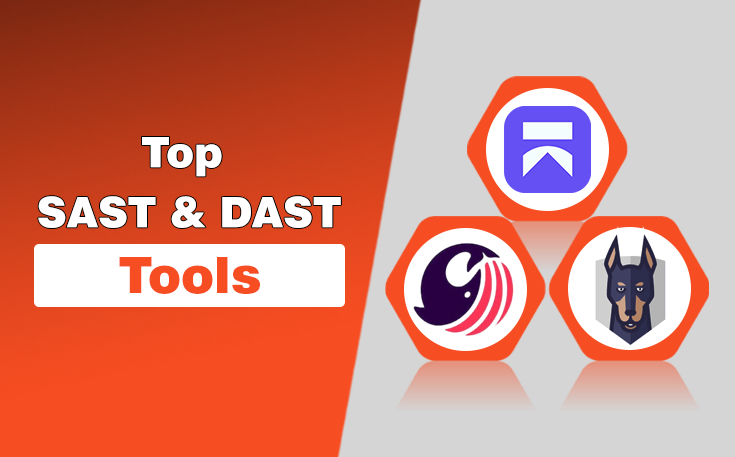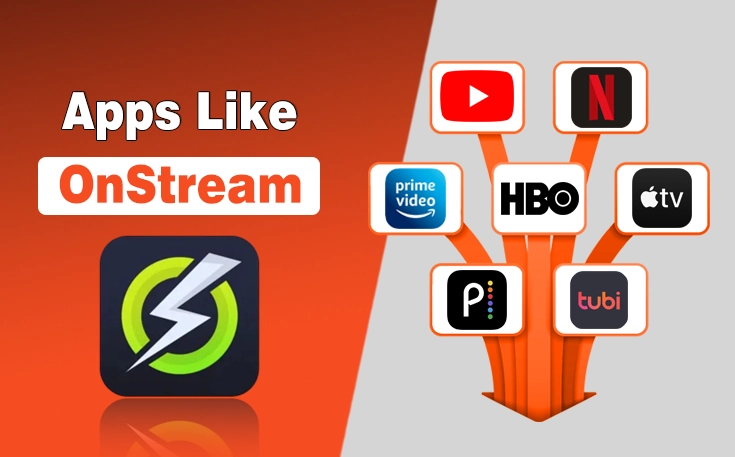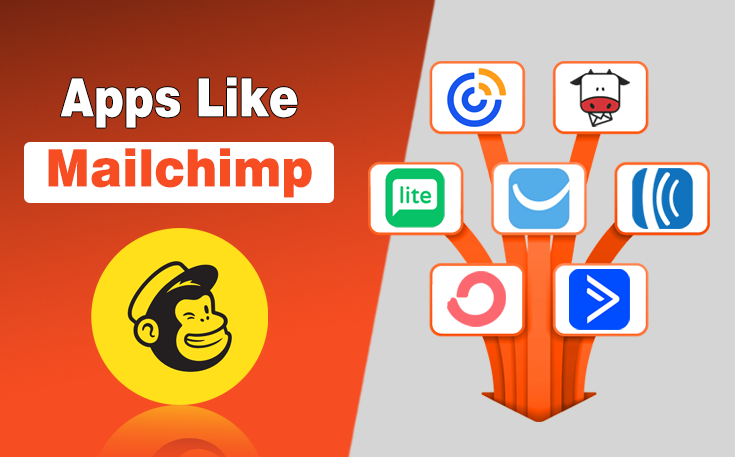Mobile applications are deeply integrated into everyday life. Whether it’s traveling around the world, managing finances, or tracking your workout routines, there’s an app available for every task. However, with millions of apps (about 4.47 million apps) competing to grab attention, making yours stand out is a challenging task.
This is where optimizing App Store Optimization (ASO) comes in handy. ASO is something a developer, marketer, and app business owner should do to boost app visibility in app stores.
In this blog post, I will explain what is ASO (app store optimization), key ASO strategies to increase organic app installs.
Let’s start!
<strong>What is ASO (App Store Optimization)?</strong>
ASO, also known as App Store Optimization, is a practice to increase the visibility of an app in app stores (including Apple App Store and Google Play Store).
What is the goal of ASO? Increased organic installs, conversions, and user retention!
ASO is similar to Search Engine Optimization (SEO), but it is specifically designed for app stores to increase app visibility. With ASO, you’re optimizing your app’s:
- Title and metadata
- Description and keyword strategy
- Visual assets like icon, screenshots, and preview videos
- Reviews and ratings
- Localization for global audiences
<strong>Why ASO Matters More Than Ever</strong>
In 2025, user acquisition costs are rising due to saturated ad markets and privacy restrictions. That’s why implementing app store optimization strategies is essential to drive more organic installs. ASO offers:
- Sustainable growth without blowing your budget
- Targeted discovery based on relevant keywords
- Stronger trust through reviews and high ratings
- Better user experience by aligning content with expectations
Apps with well-executed ASO strategies consistently beat their competitors in visibility and installs.
<mark style="background-color:#f2f2f2" class="has-inline-color has-vivid-cyan-blue-color">❝</mark>
NOTE:
ASO (App Store Optimization) is not a one-time task; It is a continuous process that requires regular updates and proper optimizations to stay ahead of competitors.
<strong>ASO Ranking Factors for Apple App Store & Google Play</strong>
Knowing what influences rankings is half the work done. Each store has its own algorithmic criteria:
| Factor | Apple App Store | Google Play Store |
| App Title | High importance | High importance |
| Subtitle / Short Description | Contributes to keyword reach | Key for engagement |
| Keyword Field | Exclusive to Apple | Not available |
| Long Description | Minimal influence | Major factor |
| Ratings & Reviews | Critical for trust | Highly influential |
| Update Frequency | Boosts freshness | Enhances relevancy |
| Visual Assets | Drives conversion | Drives conversion |
| Downloads & Retention | Quality indicator | Ranking signal |
| Technical Performance | Stability matters | Crashes & ANRs matter |
Google prioritizes descriptive content and technical reliability, whereas Apple focuses on keyword precision and visual appeal.
<strong>Essential ASO Components to Optimize</strong>

1. App Title
Your app title should include core keywords without sacrificing readability. A strong format combines brand + functionality. We consider Duolingo app for example:
Duolingo – Learn Languages Fast
This not only communicates the brand but also promises a clear value proposition.
2. Subtitle & Short Description
On Apple, the subtitle supports keyword reach. On Google Play, the short description appears prominently and should showcase features and benefits in 80 characters.
“Practice Spanish, French, and more with bite-sized lessons.”
3. Strategic Keyword Research
Great ASO begins with a smart keyword strategy. For better ASO keyword research, you can use tools like:
- AppTweak
- Sensor Tower
- KeywordTool.io
You should target keywords that are:
- Relevant to your app’s purpose
- Frequently searched by users
- Low in competition (if you’re a new app)
- Likely to convert
Utilize long-tail keywords to target specific intent and niche audiences. For example, instead of “fitness,” try “home workout tracker for women.”
4. Long Description
This section is SEO gold, especially for Google Play. Some pro tips to follow are:
- Use natural language with keyword integration
- Structure content with headings, bullet points, and spacing
- Highlight features, benefits, and use cases
- Include a call-to-action like “Download now and start learning!”
5. Icon Design
Your icon must be memorable, scalable, and visually clean. Avoid small text or clutter. Use bold shapes and brand-consistent colors to stand out.
Apps like Spotify, Instagram, and Canva owe part of their success to simple yet striking iconography.
6. Screenshots & Preview Videos
Visual assets dramatically affect conversion rates. Best practices include:
- Using lifestyle imagery that shows the app in action
- Overlaying short captions to clarify features
- Prioritizing high-value screens first
- Including a video demo to show functionality (especially on Google Play)
A/B test different visuals to find the most compelling combinations.
💡<em>Fact:</em>
Top-tier apps tend to update screenshots and descriptions more often than less popular apps!
7. Ratings & Reviews
Positive feedback signals quality and builds trust. Encourage users through:
- In-app prompts after key moments (e.g., task completion)
- Customer support that resolves issues quickly
- Regular responses to reviews
Avoid fake reviews; they risk app blocking and damage credibility.
<strong>App Localization – Think Global, Act Local</strong>
Global success depends on local relevance, and app localization is the best way to reach as many global users as you want. Localizing your app listing means:
- Translating title, description, and keywords
- Adapting screenshots and videos to cultural norms
- Adjusting pricing strategies per region
According to research, localized apps can see up to 200% increase in downloads in targeted markets. Make sure to use app localization strategies when doing app store optimization. It helps attract a broader overseas audience.
<strong>Advanced ASO Strategies for Growth</strong>
A/B Testing for Optimization
Use tools like:
- SplitMetrics
- Storemaven
Test variations of:
- Icons
- Screenshots
- Copy
- Titles
Then monitor CTR, conversion rates, and retention to find winning combinations.
Analyze Competitors
Spy on top-performing apps in your niche. Identify:
- Their top-ranking keywords
- Their frequency of updates
- Their creative strategies
Reverse-engineer successful tactics, but make them your own.
<strong>Key Metrics to Track ASO Performance</strong>
You should monitor the following key metrics to track the performance of your app in app stores:
| Metric | Meaning |
| Impressions | How often your app is seen |
| CTR | % of viewers who click on your app |
| Conversion Rate | % who download after viewing |
| Keyword Ranking | Your app’s search position |
| User Retention | Continued app usage over time |
Use dashboards like Google Play Console, Apple App Store Connect, and third-party tools for deep insights.
<strong>ASO vs. SEO: What’s the Difference?</strong>
Though they share principles, the key differences include:
| Aspect | ASO | SEO |
| Platform | App stores (Google Play, Apple App) | Websites and search engines |
| Ranking Factors | Installs, reviews, keywords, visuals | Backlinks, content, page speed |
| Content Format | Title, description, screenshots, video | Blogs, landing pages, metadata |
| Objective | App downloads and retention | Web traffic and lead conversion |
Both should work together in your digital marketing strategy. ASO will help you appear in top app search results in app stores. While SEO will help you appear in search engine result pages to drive more traffic towards your app landing page or app install link.
<strong>Final Thoughts: Is ASO a Growth Engine</strong>
ASO (App Store Optimization) isn’t just about optimizing metadata of your app; it’s a full-scale growth strategy to appear in top searches. It combines creative elements with analytical precision, and when done right, the results are compelling. Consider ASO as a way to bring your app to the users who genuinely need it and keep your brand thriving in this modern and fast-changing world.
Need custom app with amazing features?
Get a Quote




